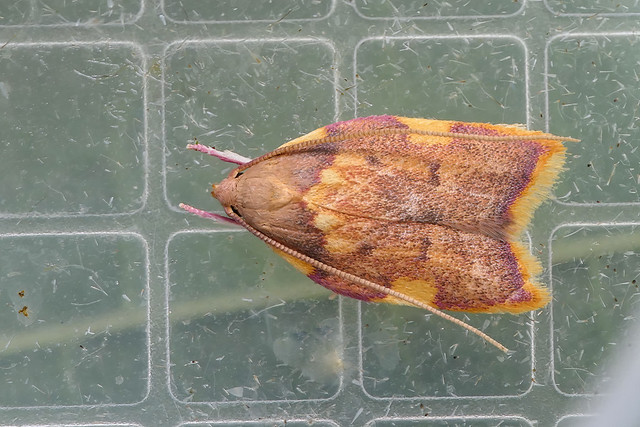Peleopodidae
Submitted by walwyn
The Peleopodidae are a small family of about 80 species of tiny moths in the superfamily Gelechioidea. They occur mainly in the Palearctic region, with highest diversity in Europe; around 20 species are recorded in Europe overall, and 5 in the UK. The family was established by Edward Meyrick in 1928, often treated as a subfamily (Peleopodinae) of Depressariidae in older classifications.
Adults have wingspans of 8–15 mm, with broad wings showing subtle brownish or grayish patterns, and are held roof-like at rest. Most are nocturnal. Larvae are leaf miners or case-makers, feeding on a variety of woody plants, particularly in the families Betulaceae (birches) and Salicaceae (willows).
The family includes genera such as Peleopoda (type genus, with ~10 European species) and Ethmia (e.g., E. candidella, a UK birch feeder). Many species remain poorly known, with recent studies focusing on molecular phylogeny to clarify relationships within Gelechioidea.
